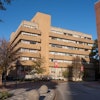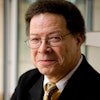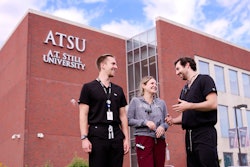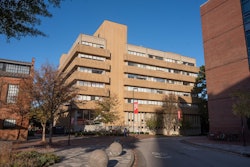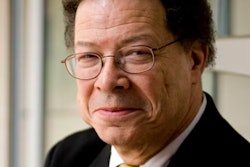Since the early 1980s, when transplant surgeon Dr. Clive Callender began addressing the issues that kept African-Americans from being organ donors, he has seen the rate of organ donation increase significantly.
In the recently published paper, “Expanding the journey of saving lives,” Callender and co-author Dr. Patrice V. Miles examined how the increase has been achieved and how other minority populations can use similar means to bring about increases.
“Sixty percent of the people who are on the transplant waiting list are minorities,” said Callender, who has worked at Howard University Hospital since 1973 and helped develop the first minority-directed dialysis and transplant center in the United States.
“Minorities are predisposed to excessive rates of high blood pressure and diabetes,” said Callender. “It’s for that reason why it’s very important for us to become part of the solution. The number-one problem in transplantation today is the shortage of donors.”
Callender is a professor of surgery at Howard University College of Medicine, and among his former students is Howard’s current president, Dr. Wayne A.I. Frederick.
When Callender started his efforts to increase organ donation, African-Americans were at the bottom of the list in terms of organ donation. In 1982, African-Americans represented three percent of donors. In 2017, that number was 16 percent, leading all ethnicities in organ donation.
In the late 1970s, the data showed 80 percent of the organs received at Howard University Hospital, which served predominantly African-American patients, came from White donors. Callender wanted to find out why there was such a reluctance among Black people to become donors when the need was so great.

